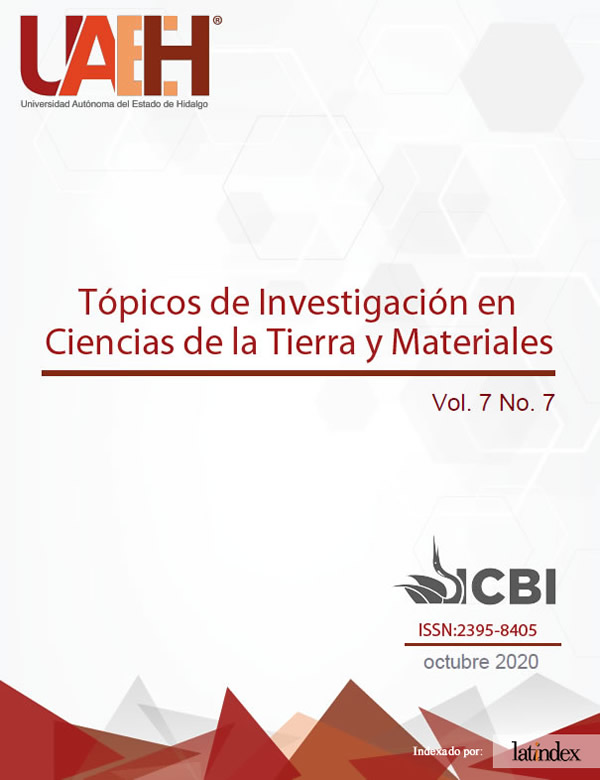Selection of a material for its possible application in the structure´s design
Abstract
The materials selection is direct relations with the design, it two area of knowledge are fundamental for development of products, one of the first step to realized is define with arguments cuatitatives what is better material to use and in second place what is the geometry more convenient to use, this is generally done when you have the freedom of choose, because in some cases there are certain restrictions or material or in terms of geometry, besides that many times there are also limitations for manufacturing, so in order to define the material and geometry. Were made the pertinent comparions through the formulas and the corresponding calculations to know the advantages or disadvantages that exit when varying the parameters above.
After performing the mathematical analyzes, the structure was modeled in 3D through CAD software, in order to verify or corroborate the calculations using the finite element method, better known as FEM for its acronym in English, in order to compare that generated by formulas and that determined by simulation. Therefore, the main purpose of this research is to be able to help in the best decision-making regarding the material selection process and the most suitable geometry design to be used as a structure.
Downloads
References
Magrab E, Gupta SK, McCluskey FP, Sandborn PA. Integrated Product and Process Design and Development: The Product Realization Process. Taylor & Francis Group. 2sd ed. USA: CRC; 2010: 155-203.
Cheremisinoff NP. Materials Selection Deskbook. Noyes Publications. USA: NP; 1996: 18-20.
Budynas RG, Nisbett JK. Diseño en Ingeniería Mecánica de Shigley. McGrawHill. Novena edición. México: Educación; 2012: 977-978.
Kamirani AK, Nasr EA. Engineering Design and Rapid Prototyping. Springer. USA: Springer Science; 2010: 5-9.
Dym CL, Brown DC. Engineering Design: Representation and Reasoming. Cambridge Second edition. USA: UNIVERSITY PRESS; 2012: 12-19.
Ulrich KT. Assessing the importance of design through product archaelogy. Management Science. 1998; 44(3):352-369.
Jedlicka W. Sustainable Graphic Design: Tools, Systems, and Strategies for Innovative Print Design. USA: John Wiley & Sons,Inc; 2010: 146-147.
Bolton W, Higgins RA. Materials for Engineers and Technicians. Taylor & Francis. Sixth edition. LONDON AND NY: Routledge; 2015:15-17.
Chung DDL. Applied Materials Science: Applications of Engineering Materials in Structural, Electronics, Thermal, and other Industries. USA:
CRC; 2001: 10-17.
Askeland D, Fulay PP, Wright WJ. The Science and Engineering of Materials. Learning Sixth edition. Australia, UK, USA: CENGAGE; 2010: 7-10.
Kocabiyik E. Engineering Concepts in Industrial Product Design with a case study of Bicycle Design. Turkey: Izmir; 2004:30-32.
Rajan K. Informatics for Materials Science and Engineering: Data Driven Discovery for Accelerated Experimentation and Application. USA:BH; 2013: 219-239.












